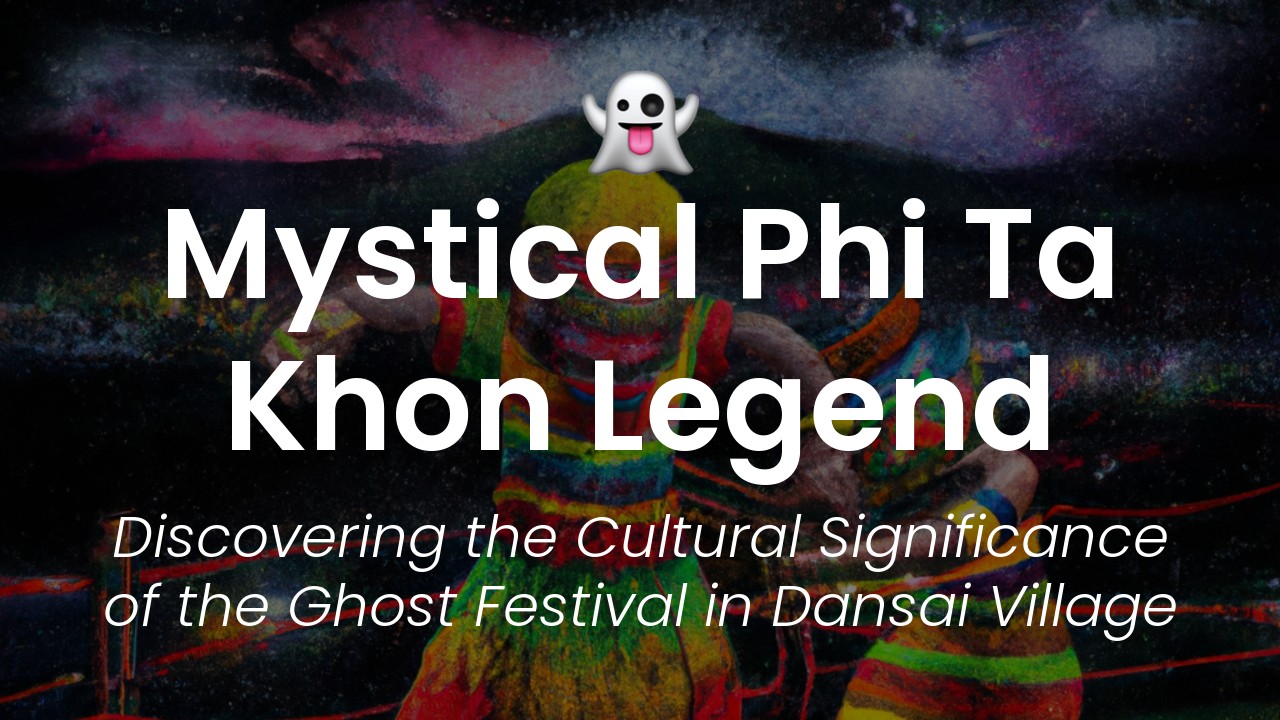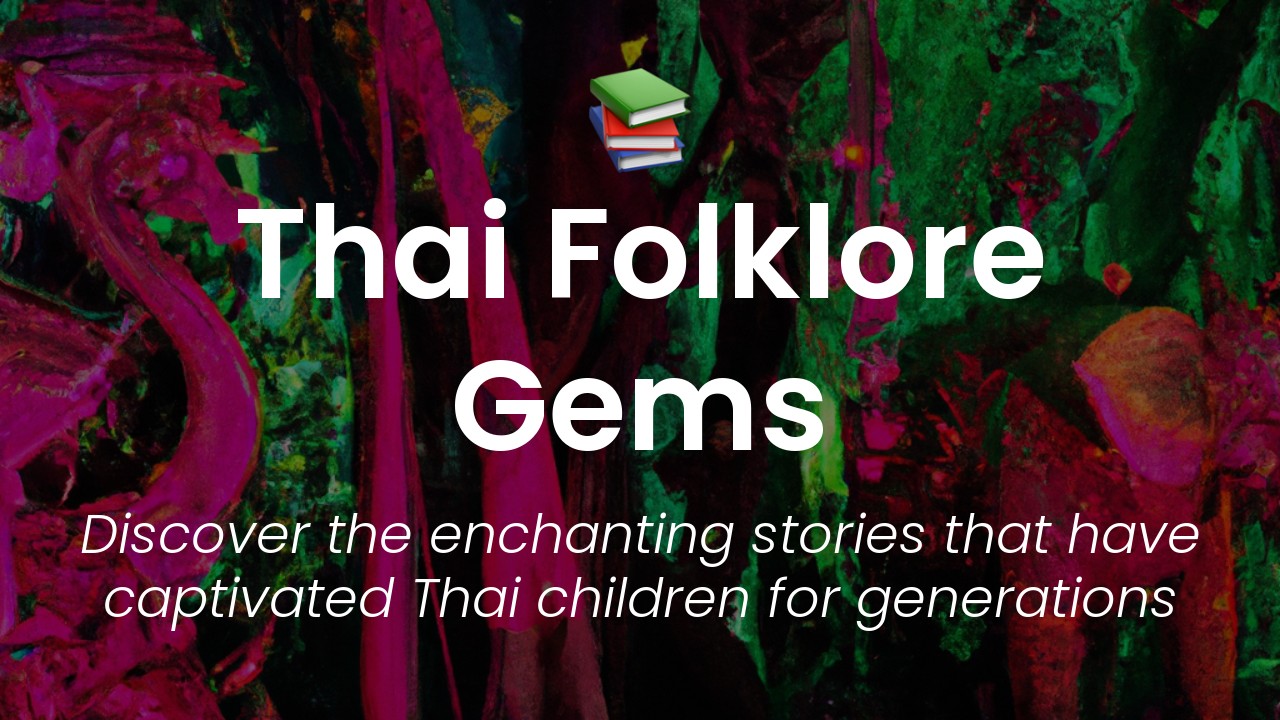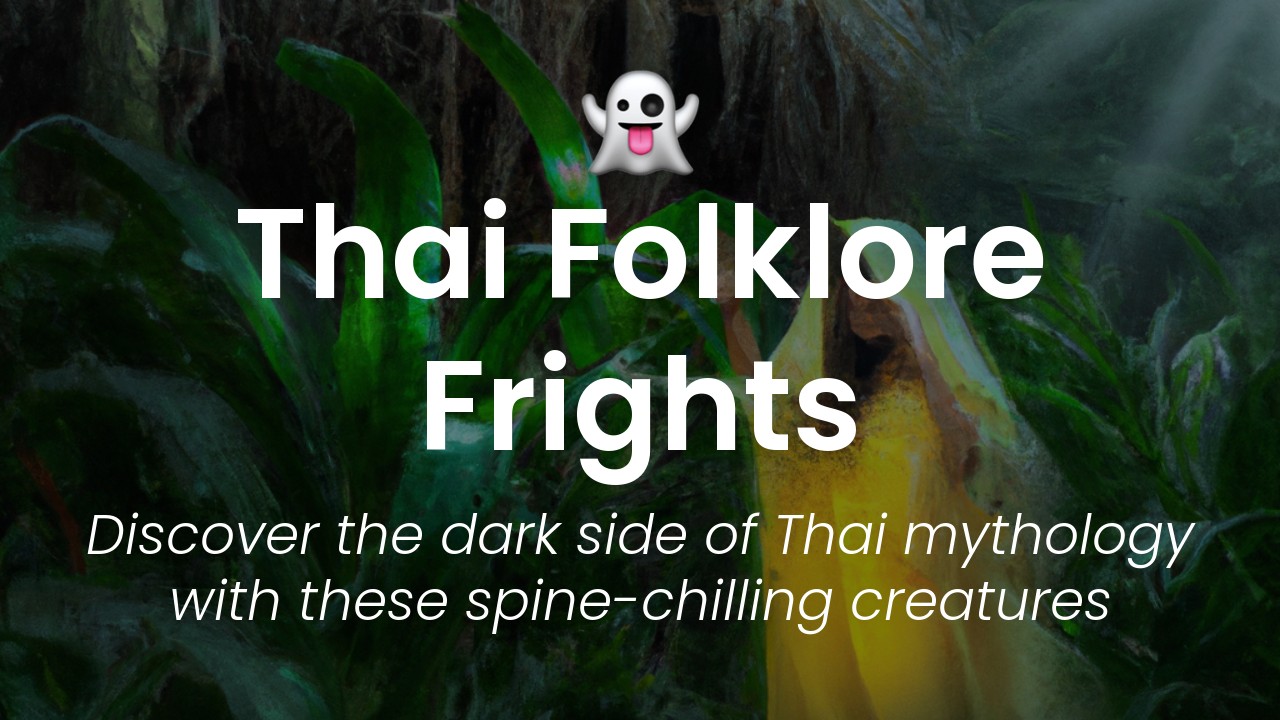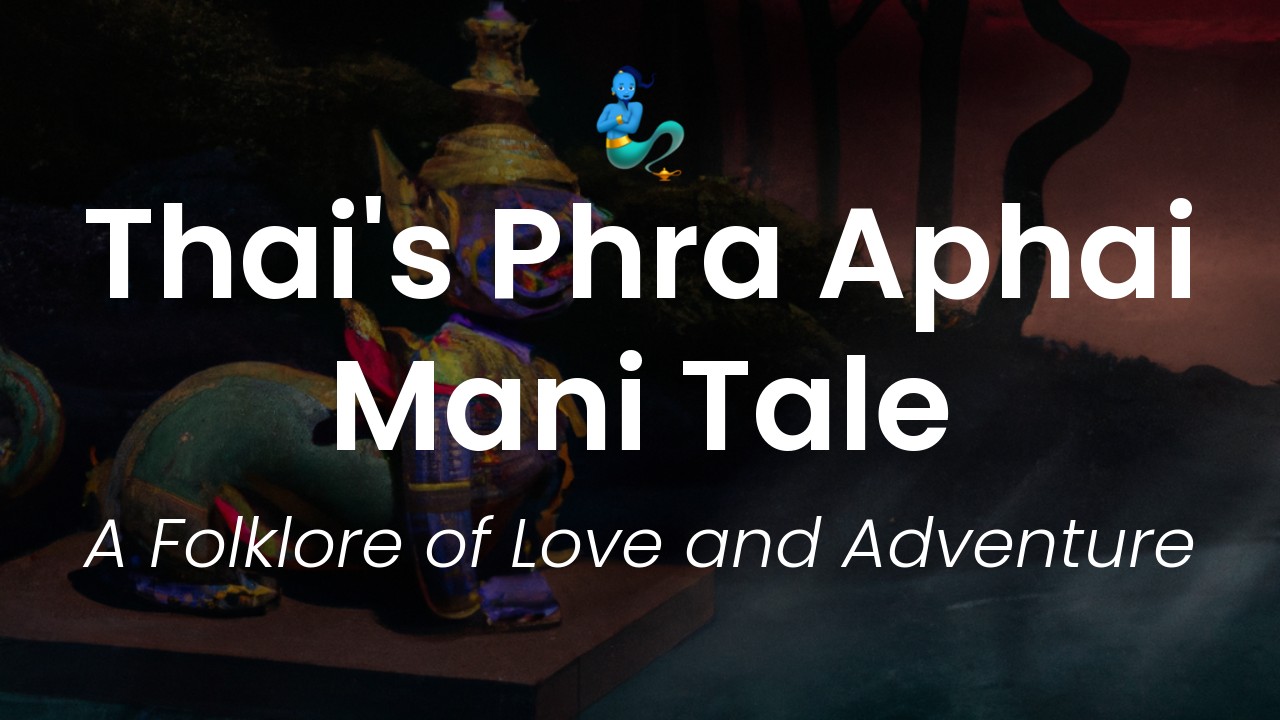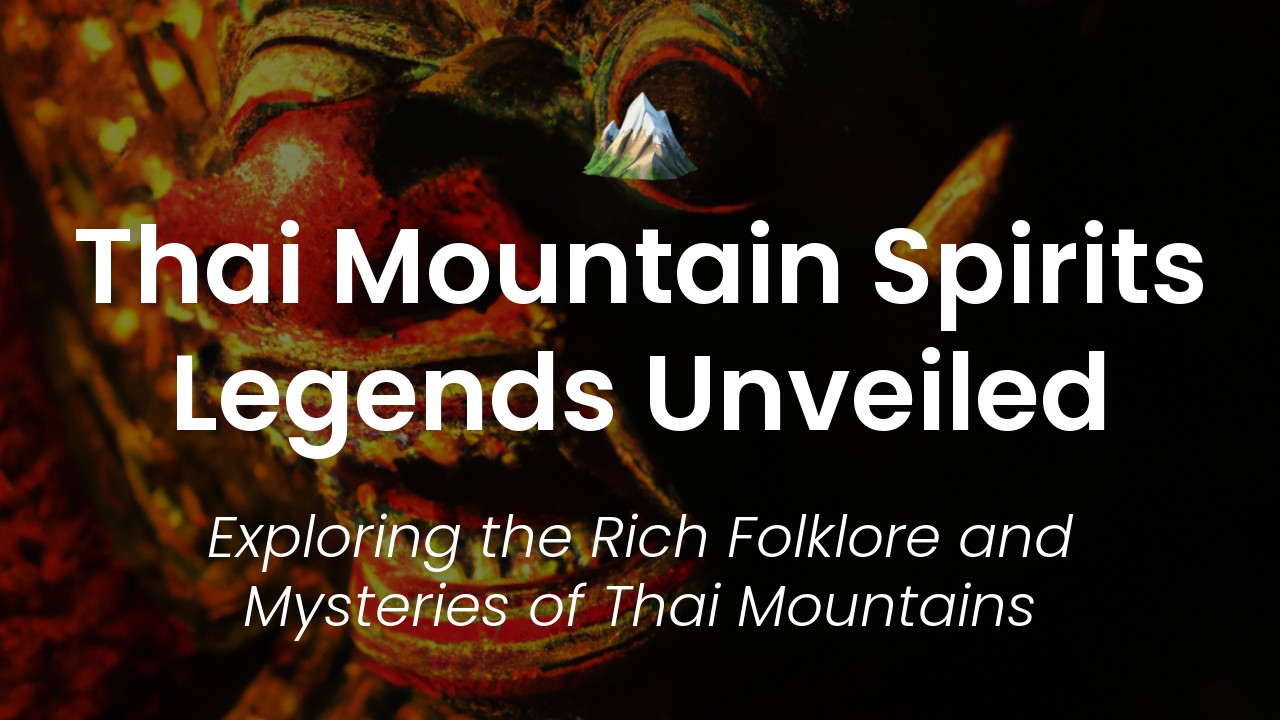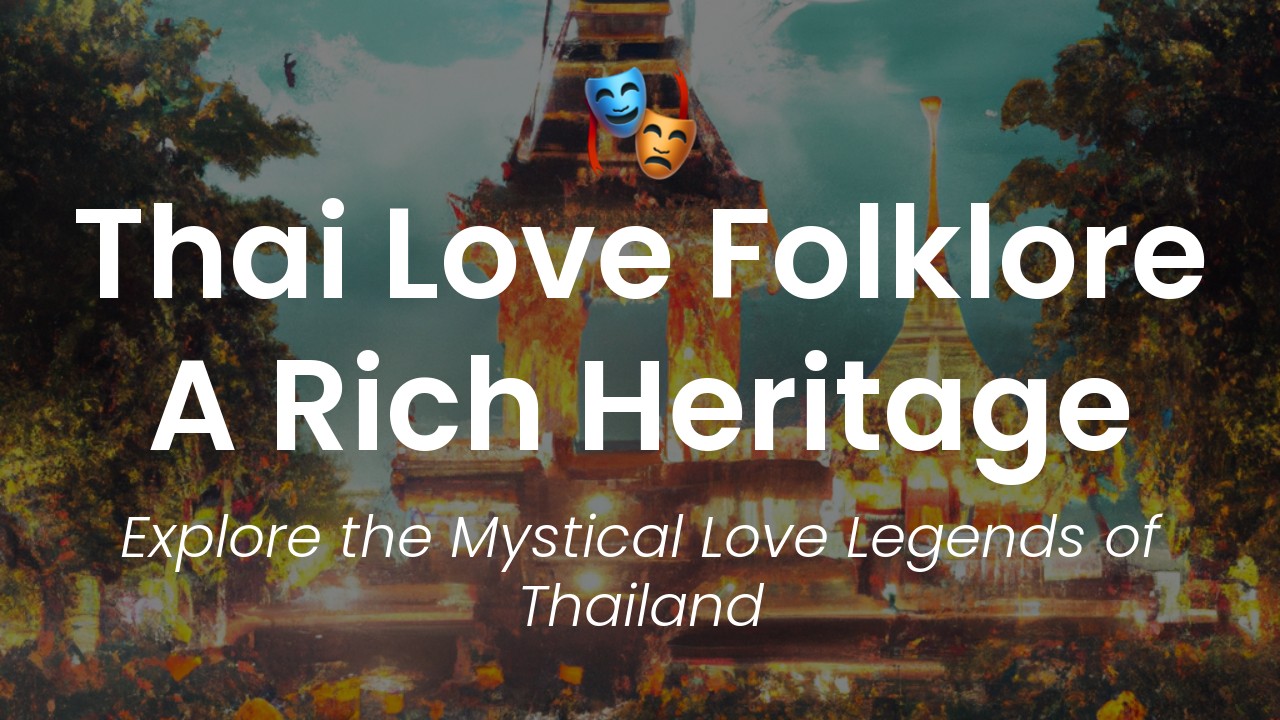As a Thai native, I am fortunate to have grown up with a rich cultural heritage that fascinates me to this day. It never ceases to amaze me how there are countless festivals and legends in my country that hold stories so unique and diverse that they are nothing short of intriguing. Today, I want to take you on a journey involving one of my favorite age-old tales, the Phi Ta Khon legend.
Phi Ta Khon, also known as the Ghost Festival, is an annual three-day celebration that is held in the Dan Sai district, located in Thailand's northeastern province of Loei. The festival is an exciting amalgamation of the region's traditional beliefs and modern-day festivities, primarily focused on the worship of the dead and the clearing of bad luck.
The Phi Ta Khon festival can only be described as a spectacle that you have to see to believe, with its vibrant masks and costumes that have been passed on from generation to generation. The festival is so unique that it attracts visitors from around the world who come to witness this incredible cultural event. It is an incredible opportunity to immerse yourself in Thai culture and experience something that you won't find anywhere else in the world.
In this article, I will take you on a journey into one of the most spectacular festivals in Thailand, unveiling the mysteries behind the Phi Ta Khon legend. You will learn about the history of the festival, the significance of the different masks, and how the locals prepare for this much-awaited yearly spectacle. So, come along and experience the power of the Phi Ta Khon legend like never before.
The Origins of Phi Ta Khon
For those who have never heard of Phi Ta Khon, it is a unique festival that is celebrated in the northeastern part of Thailand. This festival is known for its colorful and lively parade, as well as its participants' striking costumes and masks. The festival's origins date back to the legends of Buddhism and Hinduism. The exact origins and history of the Phi Ta Khon festival have been lost to time. While there are many theories and legends, it's clear that the festival's origins are rooted in ancient Buddhist and Hindu beliefs.
One legend states that the festival is a celebration of the return of Prince Vessantara after years of exile. Prince Vessantara was a renowned Buddhist figure who is said to have given away everything he owned in order to help others. Upon his return from a long period of exile, he was greeted by his followers, who danced and wore colorful masks to celebrate his return.
Another legend surrounding the Phi Ta Khon festival is based on a Hindu story. In Hindu mythology, the Asura are creatures who are adept at healing injuries. In the myth, an Asura was sent to Earth to help a woman who was struggling with a sickness. He fell in love with her and stayed on Earth, creating offspring and living among humans. The Asura's presence angered the gods, and they banished him back to the underworld. On his return, his followers wore masks and danced in his honor, creating the first Phi Ta Khon festival.
While these legends are interesting, they are purely theoretical. The origins and history of the Phi Ta Khon festival are not known with certainty. However, the fact that the festival is closely linked to ancient beliefs and rituals is on display in its modern form.
The Three-Day Festival
The Phi Ta Khon festival is a three-day celebration that takes place in the Dan Sai district of Loei province in Thailand. The festival is usually held in May or June, depending on the lunar calendar. During the three days, locals participate in parades, dances, and other events. The festival's highlight is the grand procession on the second day, where people dress up in colorful costumes and wear masks.
The festival begins with a ritual called "Tung Nang Kati," where locals wear white masks and clothes and offer food to their ancestors. This offering is made as a way of asking for protection during the festival. On the first day, participants decorate the local temple with hand-painted fabric and other decorations.
The second day is the main event of the festival. The parade is led by monks who bless the participants. Hundreds of participants make their way through the streets, wearing colorful costumes and masks. The participants dance and chant to the beat of traditional music and drums. The costumes are made from local materials and are adorned with intricate designs. The masks are meant to show a mixture of playful and menacing expressions.
On the final day of the festival, there is a merit-making ceremony where participants place offerings in the temple and honor the Buddha.
The Unique Costumes and Masks
One of the most impressive aspects of the Phi Ta Khon festival is the stunning costumes and masks worn by participants. The locals design these costumes and masks themselves, using materials such as banana leaves, bark, and bamboo.
The masks are created using materials such as rice husks, which are molded into a face shape and then painted with intricate designs. They are meant to embody the lively and mischievous nature of the Asura creature, which is the inspiration for the masks.
The costumes are made of brightly colored cotton or silk, adorned with intricate patterns and designs. Some costumes are designed to look like traditional Thai and Lao costumes, while others are more modern and playful.
The combination of the masks and costumes creates a stunning visual experience for festival goers. The playful and mischievous nature of the masks is juxtaposed with the vibrant and colorful costumes.
The Role of Music and Dance
Music and dance are an essential part of the Phi Ta Khon festival. The festival features traditional music, with musicians playing instruments such as drums, flutes, and xylophones. The music plays an important role in the parade, with participants dancing and chanting to the beat.
The dances performed during the festival are meant to embody the playful and mischievous nature of the Asura creature. The dances often involve lots of movement and jumping, much like a child at play. The participants chant and laugh along with the music, creating a lively atmosphere that is enjoyed by all.
The Significance of the Festival
Phi Ta Khon is more than just a fun and colorful festival. It is an important cultural event for the locals of the Dan Sai district. The festival is meant to celebrate the end of the harvest season, as well as honor the Buddha and the local spirits.
The festival is also an important time for locals to come together as a community. It is a time to reconnect with friends and family and honor their ancestors. The festival is a way of preserving traditional Thai beliefs and customs and passing them down to future generations.
Modern Updates to Phi Ta Khon
In recent years, the Phi Ta Khon festival has become more popular with tourists. Local authorities have encouraged the festival's growth as a way of boosting tourism in the region. While the addition of tourists means more money for the local economy, it has led to some changes to the festival.
One change has been the addition of more modern music and dance routines. This has made the festival more accessible to tourists but has also changed the traditional nature of the event. Another change has been the addition of more commercial vendors and attractions. While this has made the festival more lively, it has also led to concerns about the commercialization of the event.
Despite these changes, the core of the Phi Ta Khon festival remains the same. It is a celebration of traditional Thai beliefs and customs, a time to honor ancestors and reconnect with the community. The festival's unique costumes, masks, and dances are sure to impress even the most seasoned traveler. If you're looking for an immersive cultural experience in Thailand, the Phi Ta Khon festival is an event you won't want to miss.

